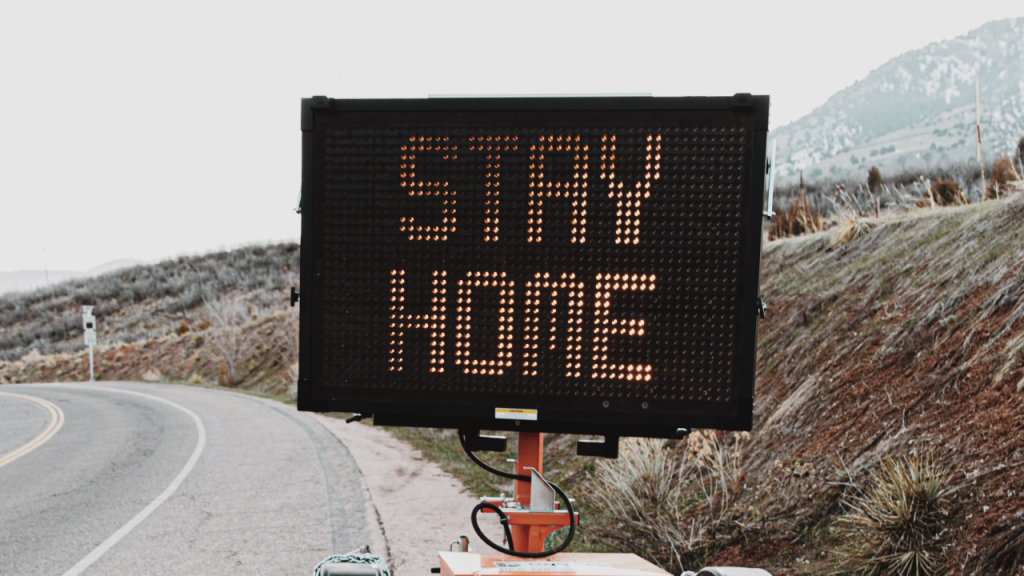Sirens
In Belgium, the ambulance sirens always peak in the afternoon. Three times an hour. Four times an hour. Five. I lose count sometimes. Sometimes they don’t stop. They blur into the day’s rhythm like church bells, reminding us not of God, but of the virus, ventilators. Of our terrible, inexorable connection. You’d think the sirens would mute the sun and the spring leaves, bring down hailstorms, but they don’t. Spring just keeps blossoming.
Every day my 18-month-old daughter and I go on walks. Even with everything closed, it’s not unusual to see men in pressed shirts, slim wool trousers. Women in short skirts and boots, styled hair and jewelry. I, on the other hand, take this as an excuse to give up my makeup routine. I wear leggings as pants and runners as shoes, the sartorial equivalent of comfort food. It marks me as hopelessly North American, and there’s something comforting in that too.
Most days, we walk through parks where the sun and the ducks and the dogs and the grass take no notice of the pandemic. Amidst the cherry blossoms and magnolia it is as if I can inhabit such pure ignorance too.
The virus took root after the February break. At that point, most of Western Europe still lived in a downy certainty that the hype would pass. As the coronavirus spread silently across Northern Italy, holiday makers filled Italian villas, French ski resorts, and Spanish Airbnbs. Then, like so much dandelion fluff, they floated home, seeding the virus in their communities.
We were no different. We flew to Sicily before either my partner or I had even heard coronavirus had made it to Italy. When we landed in Palermo a dozen workers in red vests stood ready to take the temperature of everyone disembarking. We smiled at the charming gesture of preparedness, presented our foreheads for inspection.
A little less than one month later, in Brussels’ first week of lockdown, every single street ad is given over to Coronavirus: “Blijf in uw kot.” Stay Healthy. Bus shelter ads run videos of how to behave. Cough into your sleeve. Keep your distance. Most of all, we are told to stay home.
But, because public health and safety is a balancing act between freedom and restriction, we are also encouraged to exercise in the open air—as long as we don’t stop, gather in groups, or play games.
On nice days, too many people behave with terrifying recklessness. Young people gather in groups, hidden from police by the cover of trees. A young couple, maybe 14, makes out against a gazebo, the boy draping his body over hers like a swan. Exercise classes cluster in copses, elegant French flaneurs and flaneuses fail to give distance when we meet on paths, as though swerving a couple of feet would damage their aloof beauty.
On the first 70-degree day, I pass a house party. The front windows are thrown open onto the street, dance music blasts, and topless men in hats sit clustered together, drinking from plastic cups. Their eyes are blurry and red. It’s the kind of aggressively macho party that would annoy me on a normal day. Now their lack of social solidarity, their unwillingness to keep their distance from one another, ironically marks the distance between them and everyone else.
But for every person breaking the rules, there are five that are being careful. Masks have become common, and I can see why. The first time I wear one, everybody gives my baby and I a wide berth.
My daughter is as ignorant to the disaster as the trees. When sirens blare past, she throws her arms in the air, waves her body back and forth, shouts, “Yay, yay, yay!” She looks up, hoping I’ll join in the celebration of everything loud and rhythmic and alive.




